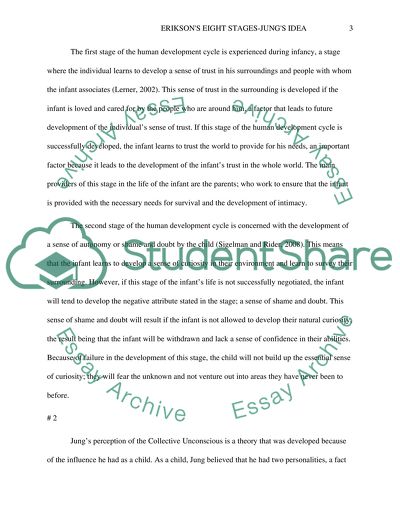Cite this document
(“Erikson's eight stages - Jung's idea Research Paper”, n.d.)
Retrieved from https://studentshare.org/psychology/1432028-erikson-s-eight-stages-jung-s-idea
Retrieved from https://studentshare.org/psychology/1432028-erikson-s-eight-stages-jung-s-idea
(Erikson's Eight Stages - Jung'S Idea Research Paper)
https://studentshare.org/psychology/1432028-erikson-s-eight-stages-jung-s-idea.
https://studentshare.org/psychology/1432028-erikson-s-eight-stages-jung-s-idea.
“Erikson's Eight Stages - Jung'S Idea Research Paper”, n.d. https://studentshare.org/psychology/1432028-erikson-s-eight-stages-jung-s-idea.


